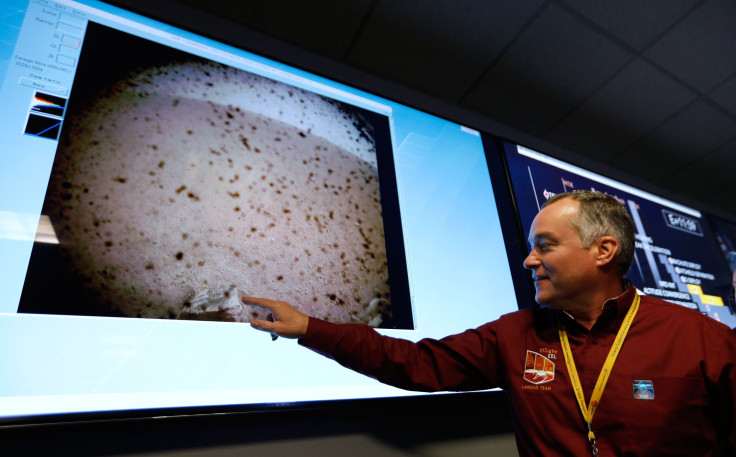Mars Curiosity Rover, Other Machines Still Working After Opportunity Died

The Mars rover Curiosity remains to be functional and is one of the few space vehicles left exploring the Red Planet.
With the Mars Opportunity rover’s demise, NASA’s Curiosity rover makes it possible for the space agency to continue its Mars mission. The rover continues to help scientists study whether the Red Planet can support small life forms called microbes by analyzing samples scooped from Martian soil and getting samples drilled from rocks.
Curiosity has an onboard laboratory that can actually determine chemical building blocks of life on Mars. It also has the ability to look into the past of the planet by assessing the elements found on its surface.
Apart from the Curiosity, there are still a few space vehicles working to give a glimpse of the terrain on Mars, Express UK notes.
NASA’s Mars Reconnaissance Orbiter also continues to function. The orbiter, launched in 2005, is used to search for evidence that water exists on Mars. And while other Mars missions have already determined the presence of water on the Red Planet, scientists are still trying to assess if water there has existed long enough for life to flourish.
The Reconnaissance Orbiter studies can help figure out if there are deposits of minerals that form in water over long periods of time.
NASA recently declared that the Mars Opportunity rover has officially ceased to function and it has been given the space equivalent of a funeral.
Opportunity is considered to have one of the best legacies when it comes to outer space exploration. The rover was supposed to be used for only 90 days, but the it worked on surface research for almost 15 years.
The “deceased” Mars rover was able to send more than 217,000 stunning images of Mars, but its best contribution is the discovery of 'blueberries' or hematite, a mineral that suggests the possible presence of water on Mars’ surface. The rover ceased operating after a massive storm blocked the sunlight that served as the main source of the rover’s power.
© Copyright IBTimes 2025. All rights reserved.





















